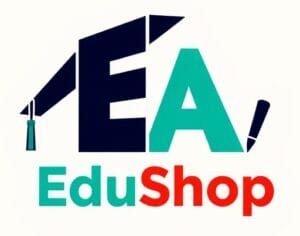Overview of the Curriculum
The curriculum aims to equip junior secondary learners with essential sign language skills that facilitate effective communication, particularly with individuals who are deaf or have hearing impairments. It emphasizes the importance of integrating sign language into the educational framework to foster inclusivity and improve social interactions.
Key Components of the Curriculum
- Introduction to Sign Language
- Sign language is defined as a visual and gestural language, incorporating hand signs, body language, facial expressions, lip patterns, and finger spelling.
- It is offered as an optional learning area for regular learners in junior secondary education.
- Skills acquired at this level serve as a foundation for further language development.
- Skills Development
- Core skills include:
- Observing and signing (listening and speaking)
- Sign reading and interpreting (reading)
- Presenting and writing (writing)
- Understanding grammar in sign language.
- Core skills include:
- Learning Outcomes
- By the end of the program, learners should be able to:
- Observe and respond to signed conversations.
- Use sign language effectively in conversations.
- Interact appropriately with deaf individuals using sign language.
- Interpret signed content accurately within educational settings.
- Utilize sign language skills to address contemporary societal issues.
- By the end of the program, learners should be able to:
Curriculum Structure
- Strands and Sub-Strands:
- Observing and Signing
- Fingerspelling
- Signing etiquette
- Elements of signs
- Social interaction
- Sign Reading and Interpreting
- Stories and passages
- Short speeches
- Grammar
- Proper nouns, interrogatives, conjunctions, verbs, adjectives, tenses.
- Writing and Presenting
- Songs, poems, speeches, dialogues, and debates.
- Observing and Signing
Specific Learning Outcomes
Each sub-strand outlines specific learning outcomes, such as identifying signs that demonstrate etiquette in signing and analyzing signed conversations for effective communication.
Suggested Learning Experiences
- Brainstorming sessions to identify etiquette-related phrases.
- Watching and analyzing signed video clips.
- Pair activities to practice and present signing.
- Using flashcards to learn and practice signing etiquette.
Assessment Methods
- Observations, oral or signed questions, peer and self-assessments, and role-playing scenarios to evaluate learners’ understanding and application of sign language skills.





